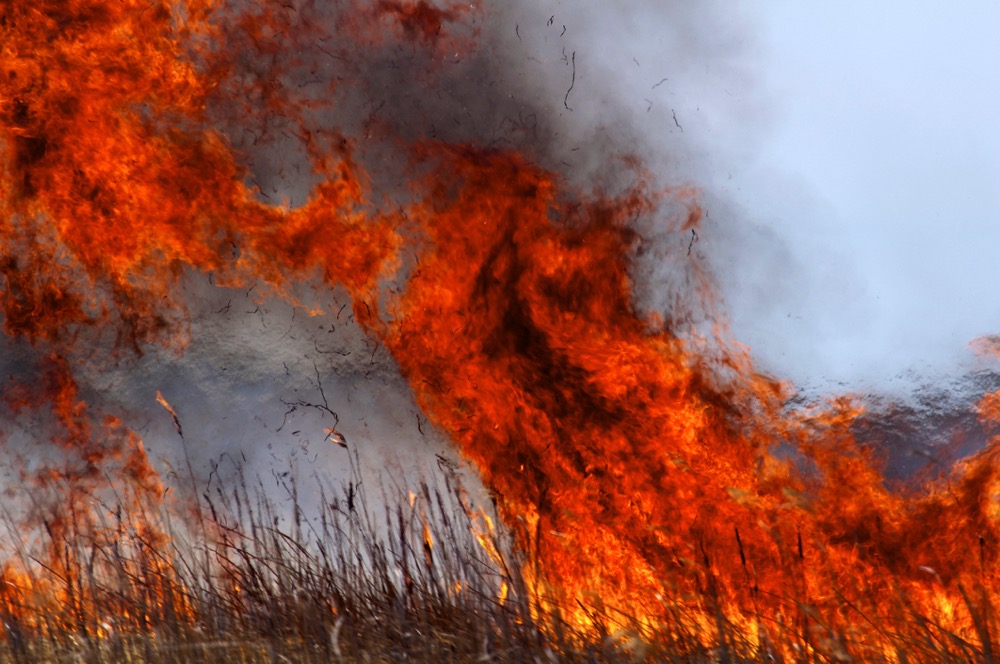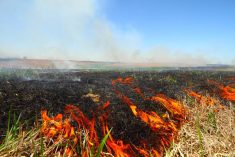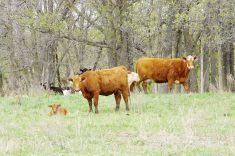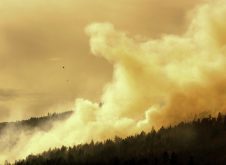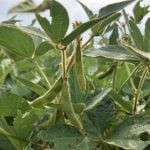FireSmart your spring cleaning — around your home.
“With the change in seasons, many Albertans have spring cleaning on their minds and are starting to clean up their yards on their farms or acreages,” said FireSmart specialist Laura Stewart.
“Some outdoor maintenance activities can be done in the early spring to help protect your home from the damages of wildfire, as we see the wildfire danger rise dramatically in late April and May.”
Read Also

Grazing ‘sweet spot’ boosts pasture performance
Timing-focused approach to pasture management touted to boost forage growth, livestock gains while also cutting farmer labour and inputs
FireSmart is a series of programs across the country aimed at managing the impacts of wildfire, including actions that can be taken by rural property owners.
The first thing to do is walk around your property to identify wildfire risks. Start with the first 1.5 metres around the entire home and any attachments, such as decks.
“What combustible fuels are you keeping closest to your home?” asked Stewart. “You want to keep a special eye out for things like dry leaves, grass and twigs, firewood piles, construction materials, and patio furniture. Whenever possible, you want to move these items at least 10 metres from the home or safely store them in a garage or shed.”
Embers ignite more than half of homes damaged or destroyed by wildfire. Research has shown that structural modifications, such as fire-resistant building materials, can reduce the risk of wildfire damage up to 40 per cent. Moving combustible fuels farther away from your home, can reduce the risk by up to 75 per cent.
Simple steps that make a big impact:
- Keep the roof clean and clear of combustible debris, such as leaves, twigs and branches.
- Upgrade roof to a Class A ignition-resistant roofing material. Class A roofing materials include clay tile, concrete tile, metal and asphalt shingles.
- Examine siding for locations where embers could accumulate or hide. Inspect vents and openings often to ensure they are in good repair and combustible debris is removed. Stucco, brick, fibre cement boards/panels and poured concrete siding all offer superior fire resistance.
- Consider upgrading to a non-combustible siding material. Metal products are recommended for vents and vent flashing. Install non-combustible material for all vents and screens with three-millimetre screening or fire-rated vents.
- Remove combustible debris and vegetation on, around and under decks and other attached structures. Select fire-rated composite decking material for the deck and cover the underside of the deck with non-combustible sheathing, such as fibre cement board or metal screening.
- Keep gutters and eaves clean and clear of combustible debris and upgrade to a boxed-in or soffited eave design that is non-combustible.
For more information, connect the provincial information officer at 780-420-1968 or [email protected].

